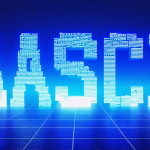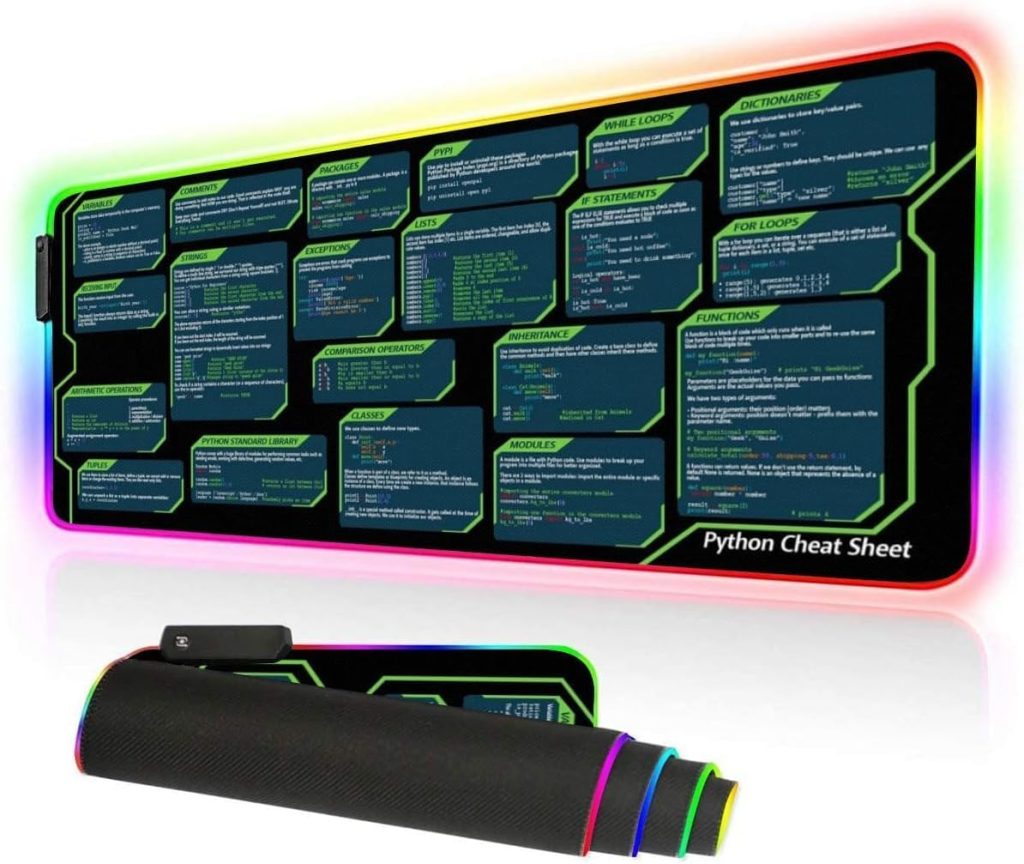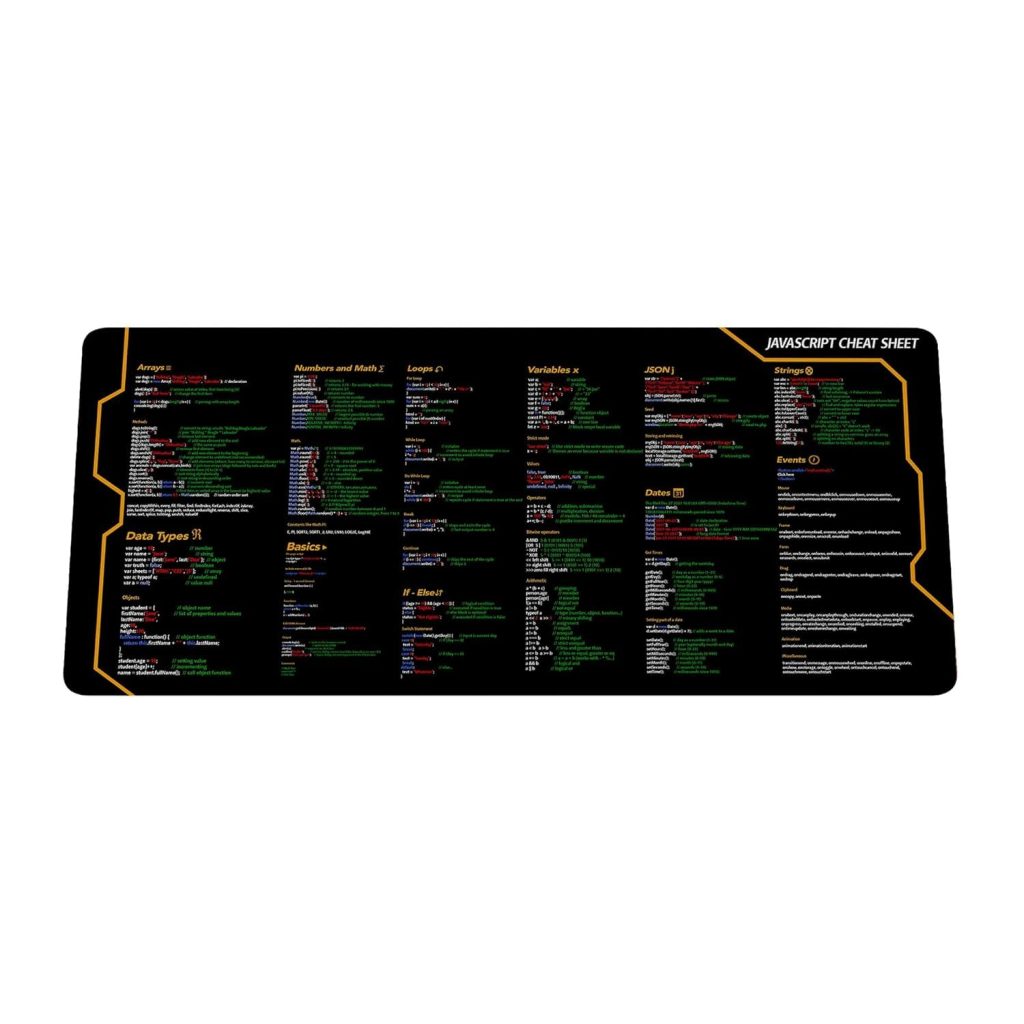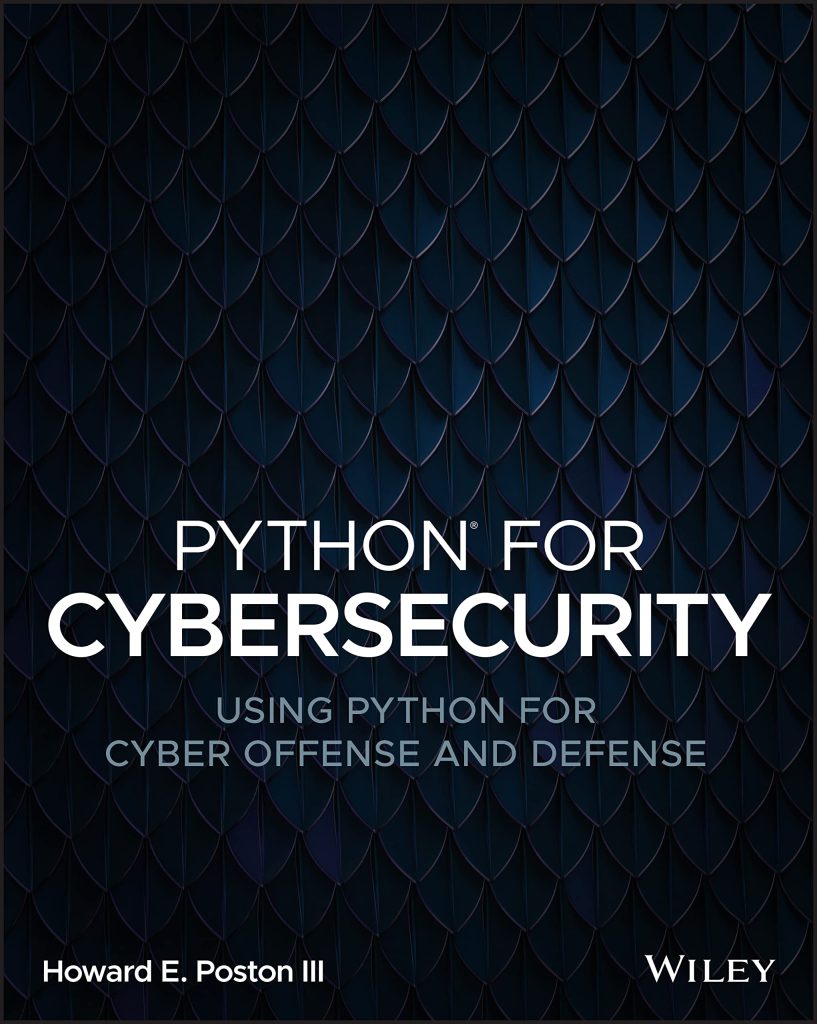
Text clustering is a fundamental technique in natural language processing and machine learning that involves grouping a set of text documents into clusters based on their similarities. The core idea is to organize documents into meaningful categories without prior labeling, allowing for the discovery of structure in data.
There are various clustering techniques, each with its unique characteristics:
- A widely used algorithm that iteratively assigns documents to the nearest centroid and updates the centroids based on the average of assigned documents. It is efficient for large datasets but requires the number of clusters to be specified in advance.
- This method builds a hierarchy of clusters either via an agglomerative (bottom-up) approach or a divisive (top-down) approach. It does not require pre-specifying the number of clusters and allows for a visual representation using dendrograms.
- This algorithm groups together points that are closely packed and marks as outliers points that lie alone in low-density regions. It is effective in identifying noise and can find arbitrarily shaped clusters.
- This probabilistic model assumes that the data is generated from a mixture of several Gaussian distributions. Unlike K-Means, GMM can capture more complex cluster shapes and can handle overlapping clusters intuitively.
Each of these techniques has its strengths and weaknesses, making them suitable for different use cases. Selection criteria may include dataset size, dimensionality, the nature of data, and specific clustering objectives.
Furthermore, the choice of clustering technique can significantly affect the outcome of the analysis. It is often beneficial to experiment with multiple methods to determine the most effective one for your specific dataset and objectives. In subsequent sections, we will delve deeper into setting up an environment for clustering, preprocessing textual data, feature extraction methods, and evaluating the quality of the resulting clusters.
Setting Up the Environment
To start implementing text clustering using scikit-learn, it’s essential to set up the development environment correctly. This section will guide you through installing the necessary libraries and ensuring that you have the correct version of Python.
First, you need to have Python installed on your system. It’s recommended to use a version that’s compatible with scikit-learn, such as Python 3.6 or higher. If you haven’t installed Python yet, you can download it from the official Python website.
Next, you will need to install the scikit-learn library along with other necessary libraries like NumPy, pandas, and matplotlib for data manipulation and visualization. One of the easiest ways to install these libraries is by using pip. Open your terminal or command prompt and run the following command:
pip install numpy pandas matplotlib scikit-learn
If you prefer using Anaconda, which is a popular distribution for data science, you can create a new environment and install the required packages using the following commands:
conda create -n text_clustering python=3.8 conda activate text_clustering conda install numpy pandas matplotlib scikit-learn
Once the necessary packages are installed, you can check the installation by importing the libraries in a Python script or an interactive Python shell. Run the following commands to ensure everything is set up correctly:
import numpy as np import pandas as pd import matplotlib.pyplot as plt from sklearn import datasets from sklearn.cluster import KMeans
If you do not encounter any errors, then your environment is ready for text clustering. For a more organized workflow, think using a Jupyter Notebook, which allows for interactive coding and easy visualization of results. You can install Jupyter Notebook using pip:
pip install notebook
After installation, you can start a new Jupyter Notebook by running:
jupyter notebook
Your default web browser will open with a dashboard where you can create and manage notebooks. This interactive setup is advantageous for testing snippets of code, visualizing results, and documenting your exploration of text clustering techniques.
Data Preprocessing and Cleaning
Data preprocessing and cleaning are critical steps in the text clustering process. The quality and relevance of the clustering results can be significantly affected by the way the data is prepared before applying clustering algorithms. In this section, we will explore the essential techniques for cleaning and preprocessing text data.
Text data is often unstructured and can contain noise that can hinder the performance of clustering algorithms. Common sources of noise include:
- Punctuation and special characters
- Stop words (common words like “and”, “the”, “is”)
- Different casing (uppercase vs. lowercase)
- Irrelevant content or HTML tags
To effectively clean and preprocess text data, we typically follow these steps:
- This step involves converting all text to lowercase to ensure uniformity and to avoid treating the same word in different cases as distinct.
- By eliminating unnecessary characters, we can reduce noise and focus on meaningful words.
- This process breaks down the text into individual words or tokens, which makes further analysis easier. Libraries like NLTK or spaCy can be utilized for this purpose.
- This step involves filtering out common words that do not contribute significant meaning to the text. NLTK provides a built-in list of stop words for various languages.
- These techniques reduce words to their base or root form. Stemming truncates words to their stems, while lemmatization maps words to their dictionary form. Both techniques help in reducing dimensionality.
- This may include stripping HTML tags or filtering out non-text elements if scraping content from websites.
Here is an example of how to perform these preprocessing steps using Python with the NLTK library:
import re
import nltk
from nltk.corpus import stopwords
from nltk.tokenize import word_tokenize
from nltk.stem import PorterStemmer
# Download stopwords and punkt tokenizer
nltk.download('stopwords')
nltk.download('punkt')
# Sample text data
text_data = "Text clustering is a very useful technique! Let's explore it together."
# Preprocessing function
def preprocess_text(text):
# Convert to lowercase
text = text.lower()
# Remove punctuation and special characters
text = re.sub(r'[^ws]', '', text)
# Tokenize text
tokens = word_tokenize(text)
# Remove stop words
tokens = [word for word in tokens if word not in stopwords.words('english')]
# Stemming
stemmer = PorterStemmer()
tokens = [stemmer.stem(word) for word in tokens]
return tokens
# Process the text data
cleaned_text = preprocess_text(text_data)
print(cleaned_text) # Output: ['text', 'cluster', 'use', 'techniqu', 'let', 'explor', 'togeth']
After completing these preprocessing steps, the text will be significantly cleaner and more homogenous, enabling the clustering algorithms to perform more effectively. The cleaner the data, the more meaningful insights we can derive from the resulting clusters. In the next section, we will discuss feature extraction methods that transform the preprocessed text into a numerical format suitable for clustering algorithms.
Feature Extraction Methods for Text
Feature extraction is a pivotal step in the process of clustering text documents, as it transforms unstructured text data into numerical representations that clustering algorithms can understand. Various feature extraction methods cater to different kinds of analyses and may produce representations best suited for specific clustering objectives. This section discusses common feature extraction techniques used when clustering text documents, highlighting their mechanisms and applications.
Some of the most popular methods for feature extraction include:
- The Bag of Words model represents text data as a collection of word counts. It disregards the order in which the words appear, focusing instead on their frequency. Each unique word in the document corpus becomes a feature, so that you can create a sparse matrix where rows represent documents and columns denote unique words.
- Unlike BoW, the TF-IDF approach takes into account not only the frequency of terms in a document but also how common or rare they’re across the entire corpus. This is accomplished by calculating the term frequency (TF) for each word in a document and multiplying it by the inverse document frequency (IDF), which penalizes common words and emphasizes unique terms. TF-IDF provides a more nuanced representation of text documents.
- Word embeddings like Word2Vec and GloVe generate dense vector representations of words based on their contextual meanings. These embeddings capture the semantic relationships between words and can provide better feature representations than BoW or TF-IDF. With embeddings, documents can be represented as averaged or summed vectors of their words.
- The count vectorizer is a simpler implementation of the BoW model that can be easily utilized with scikit-learn. It converts a collection of text documents to a matrix of token counts, which is especially useful for situations requiring simple frequency counts without additional weighting.
Here is an example demonstrating how to implement TF-IDF feature extraction using scikit-learn:
from sklearn.feature_extraction.text import TfidfVectorizer
# Sample documents
documents = [
"Text clustering is a useful technique.",
"Clustering allows for grouping of similar documents.",
"Effective feature extraction is key to clustering success."
]
# Create TF-IDF vectorizer
vectorizer = TfidfVectorizer()
# Transform the documents into TF-IDF features
tfidf_matrix = vectorizer.fit_transform(documents)
# Display the resulting feature names and their TF-IDF representation
feature_names = vectorizer.get_feature_names_out()
dense = tfidf_matrix.todense()
denselist = dense.tolist()
# Create a DataFrame for better visualization
import pandas as pd
df_tfidf = pd.DataFrame(denselist, columns=feature_names)
print(df_tfidf)
This code snippet initializes a TF-IDF vectorizer, transforms a list of sample documents into their corresponding TF-IDF representations, and outputs the resulting feature matrix as a DataFrame for easy inspection. The columns of the DataFrame correspond to unique terms, and the entries showcase their respective TF-IDF scores for each document.
After employing a feature extraction method, the resulting numerical representations can then be fed into clustering algorithms for analysis. The choice of feature extraction technique may vary depending on factors such as the nature of the text data, the desired level of detail in the representation, and the specific clustering objectives. In the following section, we will explore how to choose the most appropriate clustering algorithms for your text data.
Choosing Clustering Algorithms
Choosing the right clustering algorithm is critical for the success of any text clustering project. The selection process involves understanding the characteristics of different algorithms and considering the specific objectives and properties of your dataset. Below, we will discuss key factors to think when choosing clustering algorithms, along with practical implementations using Python’s scikit-learn library.
When selecting an algorithm, you should consider:
- Assess whether the text data is dense or sparse, and whether it contains noise or requires handling of outliers. For example, DBSCAN is excellent for noisy data, while K-Means performs better with more defined clusters.
- Some algorithms require the number of clusters to be specified beforehand, such as K-Means. In contrast, hierarchical clustering and DBSCAN can identify the number of clusters dynamically based on the data characteristics.
- The time complexity and scalability of the algorithm are crucial, especially for large datasets. K-Means is generally faster compared to hierarchical methods, which can become computationally expensive as the data size increases.
- Depending on the underlying structure of your data, certain algorithms excel at identifying clusters of specific shapes. For instance, K-Means assumes spherical clusters, while DBSCAN can find arbitrarily shaped clusters.
- Depending on the application, you might prefer algorithms that provide easily interpretable results. For example, hierarchical clustering offers visualizations (dendrograms) that can help in understanding relationships between clusters.
Here’s a brief overview of how to implement two common clustering algorithms using the preprocessed text data from earlier sections: K-Means and DBSCAN.
from sklearn.cluster import KMeans, DBSCAN
from sklearn.metrics import silhouette_score
# Sample preprocessed text data (Assuming 'tfidf_matrix' is available)
# Apply K-Means
kmeans = KMeans(n_clusters=2, random_state=42)
kmeans_labels = kmeans.fit_predict(tfidf_matrix)
# Evaluate K-Means with silhouette score
kmeans_silhouette = silhouette_score(tfidf_matrix, kmeans_labels)
print("K-Means Silhouette Score:", kmeans_silhouette)
# Apply DBSCAN
dbscan = DBSCAN(eps=0.5, min_samples=2)
dbscan_labels = dbscan.fit_predict(tfidf_matrix)
# Evaluate DBSCAN (Silhouette score doesn't apply to DBSCAN if all samples are classified as noise)
if len(set(dbscan_labels)) > 1:
dbscan_silhouette = silhouette_score(tfidf_matrix, dbscan_labels)
print("DBSCAN Silhouette Score:", dbscan_silhouette)
else:
print("DBSCAN found only one cluster or all samples as noise.")
In this example, we first apply K-Means clustering to our TF-IDF feature matrix. We choose a fixed number of clusters (in this case, 2), and we evaluate the quality of the resulting clusters using the silhouette score, which indicates how similar an object is to its own cluster compared to other clusters.
We also implement DBSCAN clustering. The parameters ‘eps’ (maximum distance between two samples for one to be considered as in the neighborhood of the other) and ‘min_samples’ (the number of samples in a neighborhood for a point to be classified as a core point) are crucial for its effectiveness. As with K-Means, we evaluate the clustering quality, keeping in mind that the silhouette score could be inapplicable if all samples are treated as noise.
Remember, the choice of clustering algorithm may require experimentation, as different datasets can yield different outcomes. By analyzing the results and using metrics such as the silhouette score, you can refine your approach to ensure that the clustering results align with your analysis objectives. As we proceed to the next section, we will discuss techniques for evaluating the quality of the clusters obtained from these algorithms.
Evaluating Cluster Quality
Evaluating the quality of clusters is an essential step in the text clustering process, as it provides insight into how well the algorithm has performed. High-quality clustering should reflect meaningful groupings of documents, indicating that similar documents are close to one another in the feature space. Several methods can be used to assess cluster quality, and each serves different evaluation criteria.
Here are some common evaluation techniques used to gauge clustering quality:
- This metric quantifies how well-separated and distinct the clusters are. The silhouette score ranges from -1 to 1, where a score close to 1 indicates that the samples are far away from the neighboring clusters and very close to the cluster to which they belong. Conversely, scores below 0 suggest that samples may be assigned to the wrong cluster.
- This is the sum of squared distances from samples to their closest cluster center. A lower inertia score indicates tighter clusters. In K-Means clustering, the inertia can be monitored during the training process in an effort to optimize the number of clusters.
- This index is a ratio of the sum of within-cluster scatter to between-cluster separation. A lower Davies-Bouldin index indicates a better clustering outcome, as it signals that clusters are dense and far apart.
- Clustering results can also be visually inspected using data visualization techniques. Tools and libraries such as Matplotlib and Seaborn allow for the projection of high-dimensional data into two or three dimensions through methods like PCA (Principal Component Analysis) or t-SNE (t-distributed Stochastic Neighbor Embedding), helping to represent cluster separations visually.
Let’s look at implementing some of these quality evaluation metrics using Python. We will apply the silhouette score and inertia on the K-Means clustering results, as well as visualize the clusters using matplotlib:
from sklearn.cluster import KMeans
from sklearn.metrics import silhouette_score
import matplotlib.pyplot as plt
from sklearn.decomposition import PCA
# Assuming 'tfidf_matrix' is available from previous feature extraction
# Choose a fixed number of clusters
n_clusters = 3
kmeans = KMeans(n_clusters=n_clusters, random_state=42)
kmeans_labels = kmeans.fit_predict(tfidf_matrix)
# Evaluate the quality using silhouette score and inertia
silhouette_avg = silhouette_score(tfidf_matrix, kmeans_labels)
print("Silhouette Score for K-Means:", silhouette_avg)
print("Inertia for K-Means:", kmeans.inertia_)
# Visualizing clusters using PCA
pca = PCA(n_components=2)
reduced_data = pca.fit_transform(tfidf_matrix.todense())
plt.figure(figsize=(8, 5))
plt.scatter(reduced_data[:, 0], reduced_data[:, 1], c=kmeans_labels, cmap='viridis', marker='o', edgecolor='k')
plt.title('K-Means Clustering Visualization')
plt.xlabel('PCA Component 1')
plt.ylabel('PCA Component 2')
plt.colorbar()
plt.show()
In the provided code snippet, we first apply K-Means clustering on our TF-IDF feature matrix. We then calculate the silhouette score and inertia to gauge the cluster quality. Lastly, we visualize the clustered data by projecting the high-dimensional TF-IDF representations to two dimensions using PCA. The resulting scatter plot provides a clear visualization of how well the clusters are separated.
Along with these methods, remember that the appropriateness of each evaluation metric can depend on specific use cases, the dataset at hand, and the objectives of the clustering task. For comprehensive evaluation, a combination of metrics often yields the best insights. In the next section, we will explore ways to visualize the clustering results for more intuitive data interpretation.
Visualizing Clustering Results
Visualizing clustering results especially important for interpreting the effectiveness of your text clustering models. It allows for a better understanding of how well the documents have been grouped and aids in assessing the clustering strategy employed. There are several methods to visualize clustering outcomes, depending on the nature of the data and the specific clustering algorithm used. This section discusses popular visualization techniques and provides practical code examples using Python libraries such as Matplotlib and Seaborn.
Some common visualization techniques include:
- Scatter plots can be used to visualize clusters in two-dimensional space. This approach is particularly effective if dimensionality reduction techniques like PCA (Principal Component Analysis) or t-SNE (t-distributed Stochastic Neighbor Embedding) are applied to project high-dimensional data into two or three dimensions.
- For hierarchical clustering, dendrograms are an excellent way to visualize the clustering process. They illustrate the arrangement of clusters along with the distances between them, allowing you to see how clusters are formed step-by-step.
- Word clouds provide a visual representation of the most significant terms within each cluster. They can help identify common themes or topics represented by the clusters, making insights more accessible.
- A heat map can visualize the distances or similarities between clusters, usually represented in a matrix format. This method helps assess how closely related different clusters are and can highlight potential overlaps.
Let’s implement a scatter plot visualization for the K-Means clustering results using PCA:
from sklearn.decomposition import PCA
import matplotlib.pyplot as plt
# Assuming 'tfidf_matrix' is already prepared and 'kmeans_labels' is obtained
pca = PCA(n_components=2) # Reduce to 2 dimensions for visualization
reduced_data = pca.fit_transform(tfidf_matrix.toarray()) # Convert sparse matrix to dense
# Create a scatter plot
plt.figure(figsize=(10, 6))
plt.scatter(reduced_data[:, 0], reduced_data[:, 1], c=kmeans_labels, cmap='viridis', alpha=0.7, edgecolors='k')
plt.title('K-Means Clustering Results')
plt.xlabel('PCA Component 1')
plt.ylabel('PCA Component 2')
plt.colorbar(label='Cluster Label')
plt.grid()
plt.show()
In this code snippet, we utilize PCA to reduce the dimensionality of the TF-IDF feature matrix to two components. The reduced data is then plotted using Matplotlib, with different colors representing different clusters. This visualization helps reveal the separation between clusters, providing insight into the clustering results.
Next, we can visualize the cluster composition via word clouds, which highlight the most frequent terms in each cluster. This visualization can significantly enhance the interpretability of the clusters derived from text data:
from wordcloud import WordCloud
# Function to generate word clouds for each cluster
def plot_wordclouds(tfidf_matrix, labels):
unique_labels = set(labels)
for label in unique_labels:
# Select documents corresponding to the cluster label
cluster_documents = tfidf_matrix[labels == label]
# Sum the TF-IDF scores for each term in the cluster
terms = cluster_documents.sum(axis=0)
terms = terms.A1 # Convert sparse matrix to array
vocab = vectorizer.get_feature_names_out()
wordcloud = WordCloud(width=800, height=400, background_color='white').generate_from_frequencies(dict(zip(vocab, terms)))
plt.figure(figsize=(10, 5))
plt.imshow(wordcloud, interpolation="bilinear")
plt.axis('off')
plt.title(f'Word Cloud for Cluster {label}')
plt.show()
# Call function to plot word clouds
plot_wordclouds(tfidf_matrix, kmeans_labels)
In this example, we defined a function that generates word clouds for each cluster based on the TF-IDF scores of the terms. Each word cloud visually represents the most significant terms contributing to a cluster, effectively summarizing the thematic content captured by it.
Overall, visualizing clustering results not only aids in evaluation but also enhances communication of findings to stakeholders. By employing diverse visualization techniques, one can comprehensively understand and present the insights gained from clustering analyses. Subsequent sections will further explore advanced techniques and considerations in text clustering.
Advanced Techniques and Considerations
When it comes to advanced techniques and considerations in text clustering, there are several areas that can enhance the effectiveness and flexibility of your models. These include parameter tuning, ensemble clustering methods, using deep learning, and using external knowledge sources. Let’s explore each of these areas in detail.
- Fine-tuning the parameters of clustering algorithms can significantly enhance their performance. For instance, in K-Means, selecting the number of clusters (K) is critical. Techniques like the elbow method can be employed to find the optimal K by plotting the inertia against various K values and looking for an “elbow” point where the gain of adding additional clusters diminishes.
import matplotlib.pyplot as plt
from sklearn.cluster import KMeans
inertia = []
K = range(1, 11)
for k in K:
kmeans = KMeans(n_clusters=k, random_state=42)
kmeans.fit(tfidf_matrix)
inertia.append(kmeans.inertia_)
plt.plot(K, inertia, marker='o')
plt.title('Elbow Method for Optimal K')
plt.xlabel('Number of Clusters K')
plt.ylabel('Inertia')
plt.show()
from keras.layers import Input, Dense from keras.models import Model # Define an Encoder input_text = Input(shape=(tfidf_matrix.shape[1],)) encoded = Dense(64, activation='relu')(input_text) decoded = Dense(tfidf_matrix.shape[1], activation='sigmoid')(encoded) # Compile Autoencoder autoencoder = Model(input_text, decoded) autoencoder.compile(optimizer='adam', loss='mean_squared_error') # Fit Autoencoder autoencoder.fit(tfidf_matrix.toarray(), tfidf_matrix.toarray(), epochs=50, batch_size=256)
In addition to these techniques, developers should also ponder the interpretability of models. Using algorithms that allow for easier interpretation (like hierarchical clustering) can aid in understanding the relationships within the data. Moreover, the choice of feature extraction methods, pre-processing steps, and even the clustering algorithms utilized can all significantly impact the results, necessitating careful consideration and testing.
Finally, continuous evaluation and iteration on clustering outcomes based on the changing nature of text data are crucial in maintaining the relevance and effectiveness of clustering implementations. Keeping abreast of modern techniques and exploring new algorithms can lead to significant improvements in text clustering tasks.






